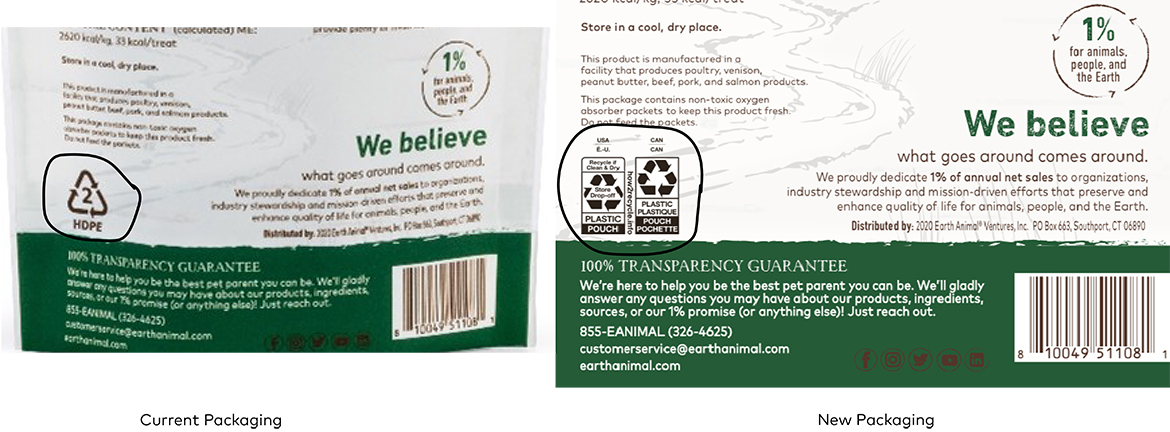How2Recycle – A Better Recycling Program
Recycling is hard, really, it is. How many of you know what the recycling numbers mean, or what the differences between them are? Did you know that just because a product has the recycling icon on its package, it does not mean that it is recyclable at all?
This system is outdated, confusing, and causes more harm than good for the average consumer. Wishful recycling – the practice of putting packaging in the recycling bin because you think it MIGHT be recyclable – is worse than just throwing it in the trash. These products need to be separated out at the recycling facility, causing delays, increasing costs, and reducing the total amounts that are recycled.
You see, the term “recyclable” itself is a bit misleading. Most packaging is technically recyclable, meaning that it can be processed down into its base parts and reused for another function. In reality, something is only recyclable if a recycler can make money by recycling that product and selling it to someone else to reuse. Recyclers are businesses; they don’t operate out of the goodness of their hearts. They need to make money off of the materials they process or it simply isn’t sustainable (government subsidies aside). If the net profit from recycling a particular material is negative, it doesn’t make economic sense to recycle that product. It most likely ends up in the trash.
What makes something more recyclable? It depends, but certain materials are much more easily recycled than others. Cardboard and glass for example, are much easier to recycle. Plastic can be if it is the right material. Where we run into problems are the mixed materials that are especially common in food grade products because they require extra protection. Many food packages are made up of 5 or more types of materials, making it exceptionally hard to recycle into its components at a reasonable cost. These products often end up in the trash because the economics don’t make sense to recycle them.
This may sound like doom and gloom – what are we consumers supposed to do? In reality, just a few changes will go a long way. Significant progress has been made on developing new packaging materials, but we’re still a few years away from making them affordable for most brands. These materials will make recycling easier, if not unnecessary, as some are being designed to be curbside compostable (which differs from industrial composting).
In an effort to help consumers with their complicated options, Earth Animal has joined forces with an exciting new initiative designed to make recycling easier for consumers to get the right materials to the right places, and to help recyclers to, well, recycle them – thus reducing negative impacts on the planet. Aptly named “How2Recycle,” this new program identifies the material components of a package pre-production and determines the overall recyclability of the various materials. The brand is assigned a specific icon to add to their packaging that conveniently and efficiently tells the consumer exactly where they must take the package to ensure it is recycled.
Earth Animal started working with How2Recyle in February of 2021 and is working to transition all of our new and existing packaging to include this more effective recycling guide. We began with our Herbed Chicken Tenders line of dog treats and we’ll be including it on all packaging reprints and new product lines moving forward. Here’s look at the upcoming changes:

Our current packaging has the familiar recycling icon #2. It says that it is HDPE. Maybe you assume it can go in your curbside recycling bin? It can be recycled that way in some communities, but many others require it be taken to special collections locations (usually at grocery stores or other large retailers.) So, in those communities, if it lands in the curbside bin, it becomes trash at the recycling facility.
Our new packaging includes the How2Recycle icon. This one tells you exactly what the material is and where to take it so that it has the best chance of being recycled. There is comprehensive information about the different materials and a locator to learn where to recycle different materials in your community at https://how2recycle.info/.
Our participation in this crucial initiative is one small gesture we are making to help ensure the success of our recycling systems and to help protect the planet.







